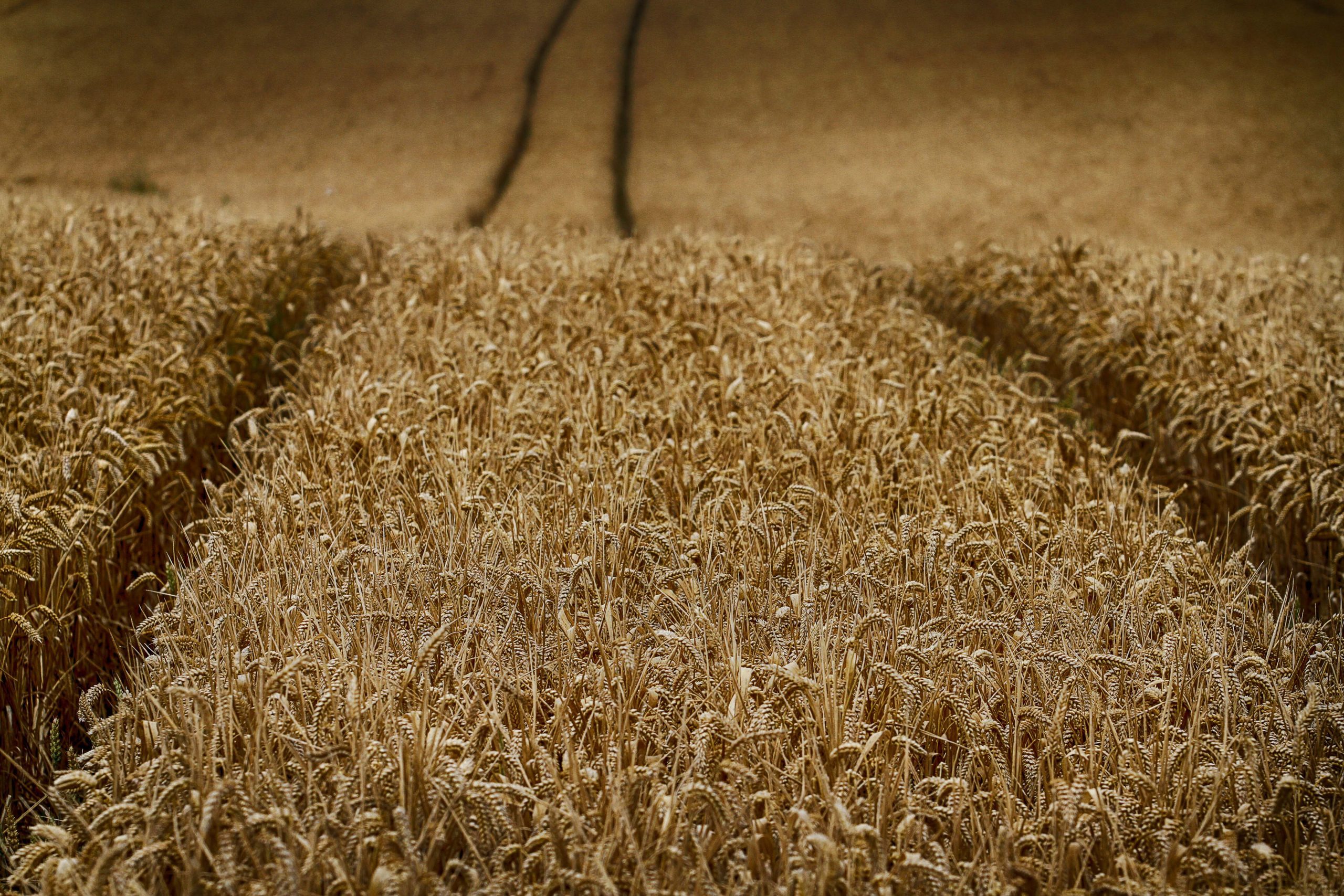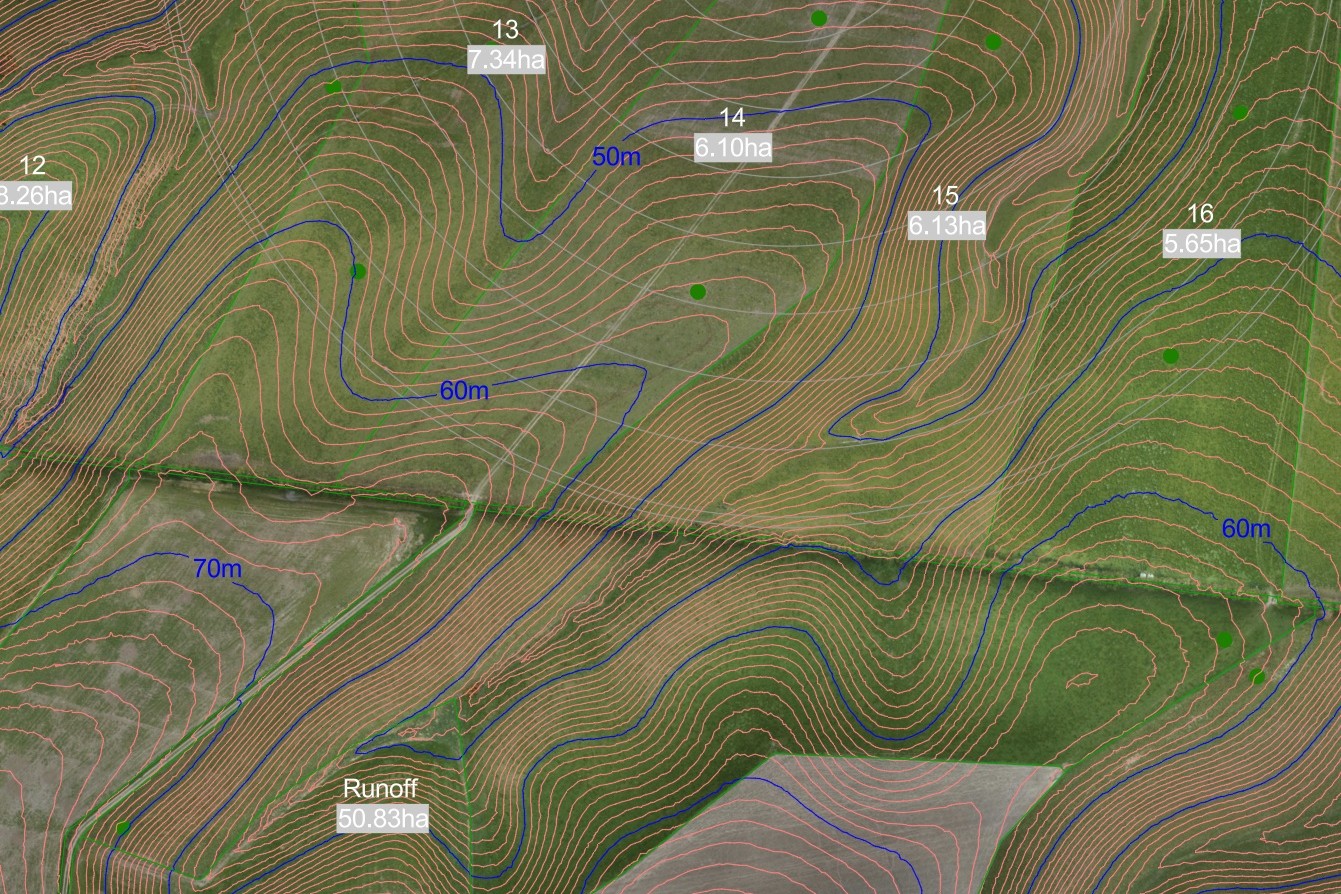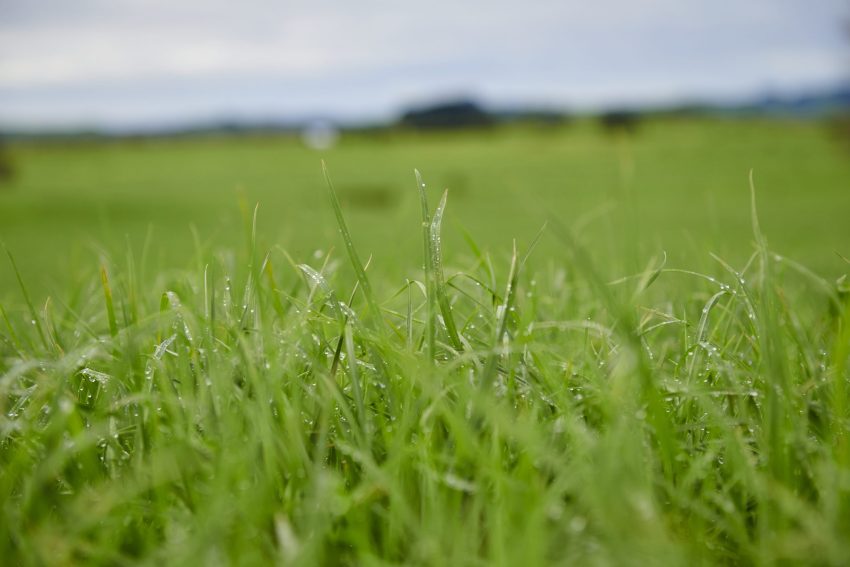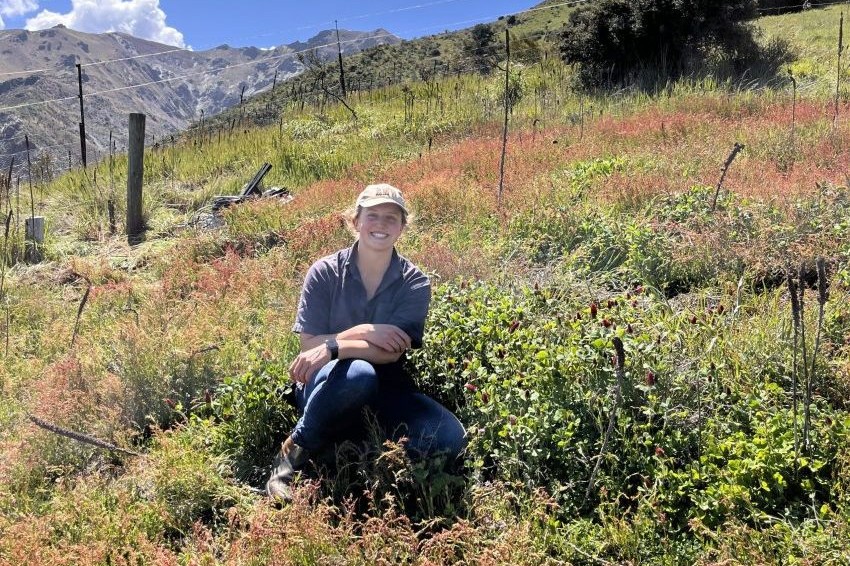Arable prospects
Pastoral farmers tempted to grow cereals on their farms as a result of recent high prices are being urged to tread carefully as the market returns to a more normal demand and supply situation. By Glenys Christian.

Colin Hurst, Federated Farmers’ new vice-president and Mid Canterbury cropping farmer, says while the 2002 white clover season was the worst on record with the New Zealand market barely able to be supplied, Canterbury produced a good average cereal crop this year.
“But the North Island was hugely impacted by extreme weather events.”
Maize growers had a very challenging season resulting in some paddocks unable to be harvested and some that were recorded as “very below average” yields. But greater demand for malting barley along with higher returns created an opportunity.
Anecdotally, Hurst has heard of pastoral farmers switching to grow some grain crops, lured by higher prices which are still about $500 a tonne (t) for feed wheat and barley and $540–560 for milling grain.
He’s a great fan of integrating farming systems and the potential fit with pasture renewal programmes, but he warns that fuel, machinery and labour costs have all gone up, with an estimated lift on his farm over the last year by “a good 15%”.
And he makes the point that unlike dairy farmers receiving regular income, arable farmers can lag up to a year behind, depending on their supply contracts.
“But with New Zealand still being a net importer of one million tonnes of grain and two million tonnes of palm kernel, there are significant opportunities available.”
Market corrections
Seed companies and feed manufacturers supplying the dairy industry say the market has largely corrected.
Seales Winslow’s procurement manager Michael Leaf says things have changed a lot in the last six months. Not only have international grain prices fallen but shipping rates are back to near pre-Covid levels.
“Local prices are expected to soften in the short term.”
Leaf says the market appears to be very cautious approaching the next three to four months as companies work through their existing grain positions.
“There’s plenty of grain available to support a busy spring. However, a slow spring will only create further price pressure for uncontracted grain.”
PGG Wrightson’s grain trading manager Andy Wilson says world grain supplies have returned to a genuine supply and demand dynamic after good harvests in Europe, so he doesn’t see NZ’s arable footprint increasing. Instead, it’s more likely that pastoral farmers on the fringe of arable areas will continue to take an opportunistic approach when prices are high.
Some dairy farmers might be tempted into growing grain as they face nitrogen leaching restrictions. Their industry’s impact on cereal prices showed this year as they tightened their belts with on-farm costs increasing, particularly interest rates, which in some cases had doubled. Many dairying areas experienced a second spring in autumn, boosting feed supplies, and Fieldays saw a lot of palm kernel sold at prices less than $300 a tonne.
A good cereal crop across the South Island made up for an estimated 30% drop last year, but there’s a smaller window to trade carryover grain before next year’s harvest, meaning little demand for some crops. The ryegrass harvest this year has been extremely good.
Herbage Seeds subsection chair John McCaw says a good harvest in Europe leading to a glut of seed has meant the “nui market tanked”. But with not a lot of clover seed in the market after last year’s poor harvest, pricing is stronger. Generally proprietary grass seed prices are between $2.70 and $3.30/kg.
“But they need to be at $3.50 to $3.80, depending on yield,” he says.
Ed Luisetti, chair of the grains and pulses group of the NZ Grain and Seed Trade Association, says dairy farmers under environmental pressure might look to grow some milling wheat on their land, but this isn’t happening at present.
Feed barley prices, which were in the high $400/t, with malting barley slightly higher, are likely to remain at those levels, tempting some farmers, but demand could be greater for spring sown milling wheat.
Clover prices are “incredibly strong” and likely to remain high, with anticipated shortfall again this year seeing some NZ companies importing clover seed.
“Prices are $9/kg and just two years ago they were $6,” Luisetti says.
Ryegrass prices are still very firm at from $2.20 to $3.20/kg but the multiplication area grown has dropped back.
Barenbrug NZ’s commercial manager Graham Kerr says they won’t have any real seed supply issues for pastoral farmers. Grass seed harvests look slightly above average this year, much better than those in 2022.
He says the company is paying growers more for their seed this year recognising the increased costs growers are facing.
Barenbrug hasn’t lifted its spring prices for retailers selling to farmers, but they’ll be reviewing at the end of the year.
Sowing intentions for arable crops showed the total area was estimated to be up by 2%, or 800ha.
This is according to the Arable Industry Marketing Initiative (AIMI) survey of NZ cereal growers on April 1 this year.
Autumn/winter malting barley was predicted to be up 96%, or 600ha, and milling wheat up 24% or 1400ha. This was balanced by feed wheat, predicted to be down 1% or 300ha and autumn/ winter feed barley down 7%, or 900ha. Milling oats sown in autumn/winter were estimated to be up 56% or 400ha but feed oats down 80% or 450ha.
The survey also showed overall harvest yields earlier this year were up 7% compared with last season over the six main arable crops with a 1% increase in the area grown. Milling wheat’s estimated tonnage at 103,200 was up 49%, while feed wheat at 303,800t was down 3%. Malting barley at 62,700t was up by 69% with feed barley at an estimated 286,500t, up 6%. Milling oats at 19,700t lifted by 3%, but feed oats at 8,400t were down by 45%.
The AIMI Maize survey carried out on June1 showed average maize grain harvests were estimated at 9.7t/ha, down from 11.5t last year. The total harvest is down 13% on last year with 16,700t unsold, well up from the 5,600t at the same time in 2022. Silage maize yields were estimated at an average of 19t/ ha, down from 20.9t/ha, with the total harvest down 7% at just over a million tonnes.
When it comes to spring sowing intentions it’s estimated the area will be 12% less for grain maize and 3% down for maize silage.
True costs
Ryegrass and clover growers can now work out their true costs of production, including return on investment thanks to a new online herbage seed spreadsheet.
Federated Farmers’ herbage seeds subsection chairman John McCaw says last year growers realised that although their input costs had gone “through the roof” there wasn’t a lot of movement in seed prices they received.
“We needed a more coordinated approach.”
So, eight Mid and South Canterbury growers ranging from small scale to owning a number of properties agreed to open their books to each other. Despite variations in growing area, costs were quite similar so on-farm expenses could be subtracted from their average gross margin.
“That gave a net margin and tells you what the net price needs to be.”
Growers can add their farm value and desired return on investment to compare contract options. The model will be reviewed in the next few months with plans to update it annually. There has been talk of expanding it to other crops such as wheat but that isn’t planned at present, McCaw says.
Feedback was positive from the 13 merchants who were shown the spreadsheet and growers were positive too.
- As this story went to print Russia withdrew from the Black Sea Grain Initiative and Rabobank predicted grain prices would continue to be volatile. – Ed




